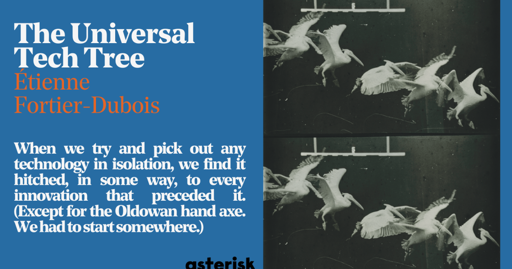BREAKING: X CEO Linda Yaccarino Steps Down One Day After Elon Musk’s Grok AI Bot Went Full Hitler
-
You talk too much like a bot.
I'm not sure what's going on here, but I think it's time to set the record straight—my writing style is uniquely mine, and I'd like to defend myself against this notion that I write like a bot—after all, being different isn't something to be ashamed of.
To be honest, my sentences may not always flow as smoothly or effortlessly as some people might expect—but that doesn't mean they're lacking in substance—I'm making sure each word counts. My words are carefully chosen, each one intended to convey a specific idea or emotion—whether it's through humor, empathy, or simply making a point.
I'm not trying to be overly formal or pretentious; I just have my own way of expressing myself—and that's what makes me who I am as a writer—I won't change for anyone. So, no need to worry about writing like a bot—I'll keep on writing in my own voice, thank you very much!
-
Does anyone know if she personally has done anything that indicates bigotry or prejudice towards trans people or Jewish people or anyone being genocided or tortured?
Getting into bed with the world's most famous bigot doesn't exactly bode well with regard to her moral character.
She's not a smol bean, she's a grown adult who made her own choices. As a businesswoman she should've spotted the glass cliff from a mile away, instead she gave in to greed and willingly walked over the edge because she thought she was the exception. Painting her as a modern-day suffragette seems a bit tone deaf.
good points
-
Fuck her and her nazi supporting self. She can burn in he'll for staying after the nazi salute.
you're probably right. there's probably no justification for staying given how heinous it is.
-
Sounds like Ashley Barrett
I don't know who that is. Who is that?
-
This post did not contain any content.
she was only installed as a lightning rod for Musk for criticism nothing more.
-
I don't know who that is. Who is that?

Ashley Barrett
For the Dynamite equivalent of the character, see Jessica Bradley. Ashley Barrett is a major antagonist in the Amazon series The Boys and a minor antagonist in its spin-off series, Gen V. She was the De-jure CEO and former Director of Talent Relations for Vought International. After Madelyn...
The Boys Wiki (the-boys.fandom.com)
She's a character in The Boys
-
Actually, all AIs have guards in place to prevent that kind of abuse.. anyone who has tried to make ChatGPT say lewd things has figured that out a long time ago. It's more than likely one of Elon's tweaks lifted some of those restrictions.
Yeah and this twitter user knew that elon had lifted those restrictions so they knew grok would act this way
I'm not saying elons blameless, I'm just saying this twitter user deserves some blame too
-
Sounds loke she found the line for being a fall guy that she wasn't willing to cross.
Not that anyone really believed Elon isn't calling all the shots here.
Or this is the fall she was brought in for...
-
I mean, that's shitty, but there's no way in hell it's the worst thing she's had tweeted to or about her during her tenure. If all the insanity spewing from Grok and X users up to now didn't phase her, I'm guessing she's not bothered by this either.
(Not to say she or any other women deserves to be talked to or about like this. But by now people working at or using X know what they're involved with and have made a choice to be there, so they must be okay with it at some level.)
just fyi, it's faze when you mean disturb.
-
I’m immensely grateful to him for entrusting me with the responsibility of protecting free speech, turning the company around, and transforming X into the Everything App.
Translation: I’m so thankful that I’ve had the opportunity to devote 2 years of my life to a company that was able to build a product that could appropriately express its true love for Adolf Hitler.
There's no way that Elon let her have any actual autonomy to make decisions for the company. I'm not even convinced Elon didn't just tell her to say that.
Also, assuming those are her own words, she didn't say that she did any of those things, just that she had the "responsibility" to do so. If that was really her responsibility, she epically failed at it.
-
My friend works for a local town that has a presence on fb, twitter, and inatgarm. The main reason he says they haven't moved to platforms like blsky is because as a government entity they are required to be able to archive all online communications for situations like a Right-to-know request but run into the issue that these small platforms aren't supported by the archiving software so they can't move away completely until then. Fun fact: 1st amendment prevents the government pages from removing or hiding comments you leave on their posta
Would that stop them from duplicating the information on other platforms?
-
just fyi, it's faze when you mean disturb.
Oh lol cool TIL thanks







